Home>Ideas and Tips>Indoor Hoya Kerrii Care: Heart-Shaped Leaf Plant Guide
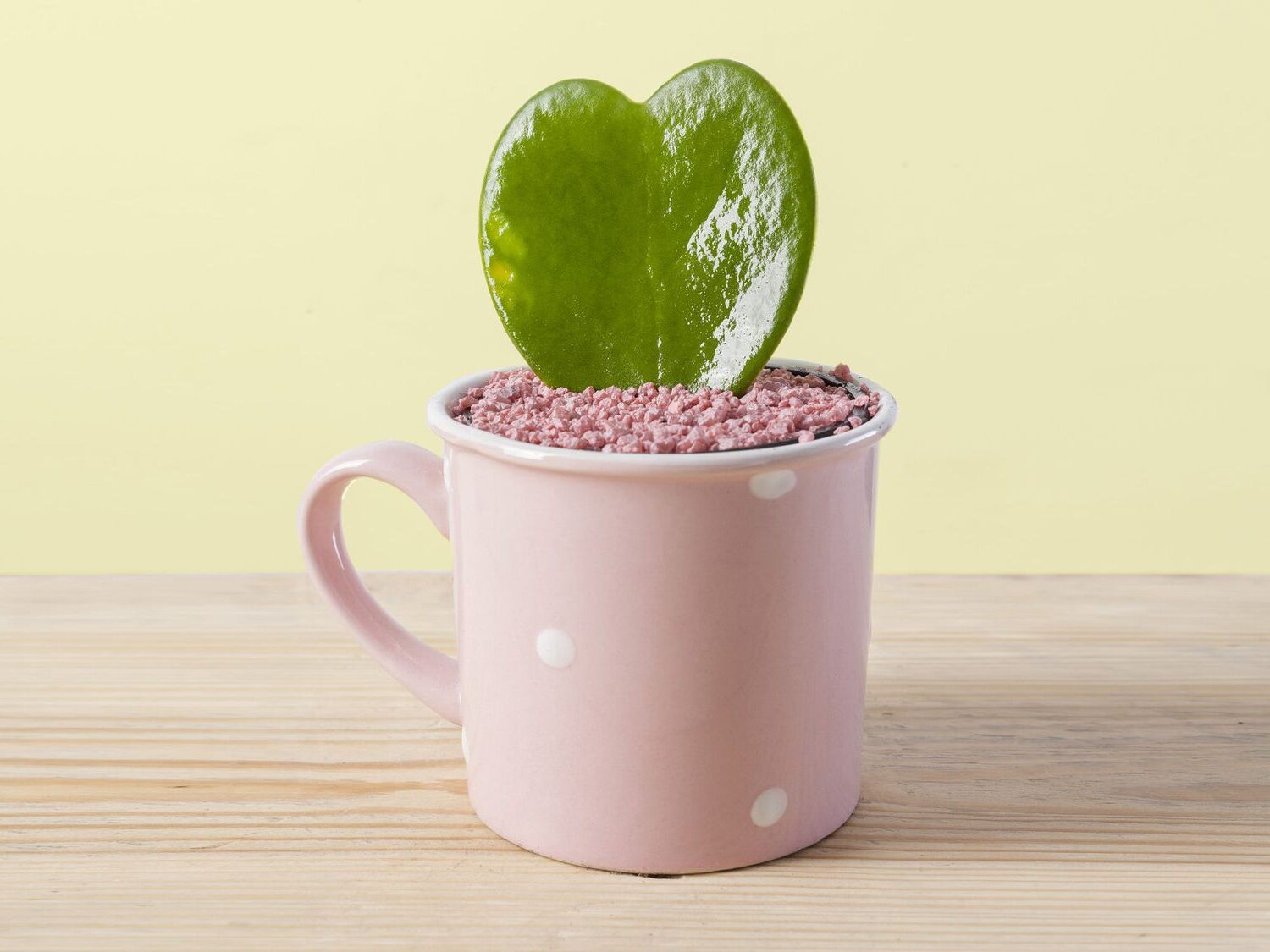

Ideas and Tips
Indoor Hoya Kerrii Care: Heart-Shaped Leaf Plant Guide
Published: September 5, 2024
Discover the ultimate guide to caring for your Hoya Kerrii, the heart-shaped leaf plant. Learn tips on lighting, watering, soil, and more for a thriving indoor plant.
(Many of the links in this article redirect to a specific reviewed product. Your purchase of these products through affiliate links helps to generate commission for Storables.com, at no extra cost. Learn more)
The Hoya Kerrii, commonly known as the Sweetheart Hoya or Heart-Shaped Hoya, is a popular and romantic houseplant that has captured the hearts of many plant enthusiasts. Its unique heart-shaped leaves make it an ideal gift for Valentine’s Day, but it also thrives as a beautiful and low-maintenance addition to any home. In this comprehensive guide, we will delve into the care and growing tips for the Hoya Kerrii, ensuring that you can enjoy this lovely plant for years to come.
Introduction to Hoya Kerrii
The Hoya Kerrii is a member of the milkweed family (Asclepiadoideae) and is native to the mountainous regions of China and Java, one of the largest Indonesian islands. This climbing, herbaceous plant can grow up to four meters high, with smooth, pale green stems covered with pairs of leaves that grow opposite one another and remain on the plant throughout winter. Each heart-shaped leaf has a 2cm long stalk and a thick, plain leaf blade that is about 12cm wide and 10cm long. The striking flower clusters (or umbels) are about 5cm wide and consist of about 25 flowers attached to a single inflorescence. The flowers have white sepals and red, fuzzy-haired petals, producing a lot of red-brown nectar that is usually odorless.
Choosing the Right Location
One of the most crucial aspects of caring for your Hoya Kerrii is choosing the right location. This plant prefers bright locations but should avoid direct sunlight, as this can burn the leaves. Given its tropical origins, the Hoya Kerrii thrives in humid, warm temperatures – around 21°C is ideal. A bright bathroom is a perfect location for this plant, as it provides both the necessary light and humidity.
If you live in a less sunny climate, a south or west exposure is fine. However, make sure to keep it out of hot, sunny windows and direct afternoon sun to prevent burning. In the darker winter months, you might have to move your Hoya Kerrii to a location with more light. Hoyas need as much light as possible to bloom indoors, so a bright exposure comes into play.
Lighting Requirements
While the Hoya Kerrii can tolerate some indirect sunlight, it does best in bright, natural light. Placing your plant near a west or south-facing window where it will receive light most of the day is ideal. If you're using artificial lighting, ensure that it provides sufficient UVB rays to mimic natural sunlight. Hoyas are more sensitive to light than many other houseplants, so it's essential to monitor their response and adjust accordingly.
Watering Tips
Hoyas are succulent-like with those fleshy, waxy leaves, which means they don't need much water. Overwatering is one of the most common mistakes when caring for Hoyas. Water your Hoya Kerrii when the soil is dry to the touch down to the second knuckle. In the summer, you might need to water every 7-9 days, while in the winter, once every 14-21 days should suffice.
When introducing your Hoya Kerrii to outdoor conditions for the summer, make sure to gradually acclimate it to brighter summer rays. This will help prevent shock and ensure a smooth transition. Outdoor plants will need slightly more frequent watering than those inside, but always check the soil moisture before watering.
Soil Requirements
Hoya Kerrii prefers loose, well-draining soil that mimics its natural habitat. An ideal mix includes good potting soil with perlite, orchid bark, and medium sand. This combination provides excellent aeration and prevents waterlogging. If you can't find cactus or succulent potting mix, you can make your own by mixing about 50% all-purpose soil with 20% quartz sand, 20% expanded clay, and 10% primary rock flour from basalt or granite.
Temperature and Humidity
The Hoya Kerrii has very little frost tolerance and thrives best in temperatures between 65-80 Fahrenheit (18-27 C). When grown outdoors in warmer climates, keep it where no noonday sunlight touches the plant. In its native range, it receives humidity of 65-85 percent year-round. Indoors, the plant will do well if the humidity level is at least 60 percent but will do fine at 40 percent. If your home is excessively dry, mist the plant occasionally or place it in the bathroom where humidity is generally higher.
Fertilization
Hoya Kerrii benefits from regular fertilization but should not be fertilized during the fall and winter months when it is dormant. Use a fertilizer labeled for houseplants and apply it every three to four weeks. A liquid fertilizer is ideal as it provides instant nourishment and makes the plant lush, green, and vigorous. Our Plantura Liquid Houseplant Food is a great choice for promoting healthy root growth and an active soil life.
Propagation
Propagating your Hoya Kerrii is relatively easy and can be done through stem cuttings or leaf cuttings. For stem cuttings, take a section of stem with at least two nodes and allow it to dry for a few days before planting in well-draining soil. For leaf cuttings, simply remove a healthy leaf from the plant and allow it to dry for a few days before planting. Keep the soil moist but not waterlogged until roots develop.
Repotting
Hoya Kerrii typically needs to be repotted every two to three years as it outgrows its container. Choose a pot that has drainage holes and is made of a porous material like concrete, terracotta, or ceramic. When repotting, gently remove the plant from its old pot and trim any dead or damaged roots. Use fresh well-draining soil and handle the roots with care to avoid damaging them.
Common Issues
Despite its low-maintenance nature, the Hoya Kerrii can be susceptible to some common issues. One of the most common problems is overwatering, which can lead to root rot and other complications. To avoid this, ensure that the soil has good drainage and wait for it to dry out each time before watering. Another issue is spider mites, which can infest the plant when it is exposed to outdoor conditions. Regularly inspect your plant for signs of pests and treat promptly if necessary.
Conclusion
The Hoya Kerrii is a beautiful and versatile houseplant that can add a touch of romance and elegance to any room. With proper care and attention, it can thrive indoors and provide stunning heart-shaped leaves and delicate flowers. By following these detailed care tips, you can enjoy your Hoya Kerrii for years to come and share its beauty with friends and family.
Whether you're a seasoned plant enthusiast or just starting out, the Hoya Kerrii is an excellent choice for anyone looking to add some greenery to their home. Its unique appearance and low-maintenance requirements make it an ideal addition to any indoor garden. So go ahead, give your Hoya Kerrii the love and care it deserves, and watch it flourish into a stunning centerpiece for your home.
Additional Tips for Growing Your Hoya Kerrii
- Training the Vine: Hoya Kerrii is a vining plant that can grow quite long. To keep it under control, train the vine on a trellis or bamboo hoops. This will not only keep the plant looking neat but also encourage more growth.
- Pruning: Prune your Hoya Kerrii regularly to maintain its shape and encourage new growth. Remove any dead or damaged leaves and stems to keep the plant healthy.
- Pest Control: Regularly inspect your plant for signs of pests like spider mites, mealybugs, and scale. Use organic pest control methods whenever possible to keep your plant safe and healthy.
- Humidity: While Hoyas can thrive in dry environments, they do best in humid conditions. If your home is excessively dry, consider placing the plant in the bathroom or using a humidifier nearby.
By following these tips and guidelines, you'll be well on your way to becoming a successful Hoya Kerrii caretaker. Happy planting
Was this page helpful?
At Storables.com, we guarantee accurate and reliable information. Our content, validated by Expert Board Contributors, is crafted following stringent Editorial Policies. We're committed to providing you with well-researched, expert-backed insights for all your informational needs.
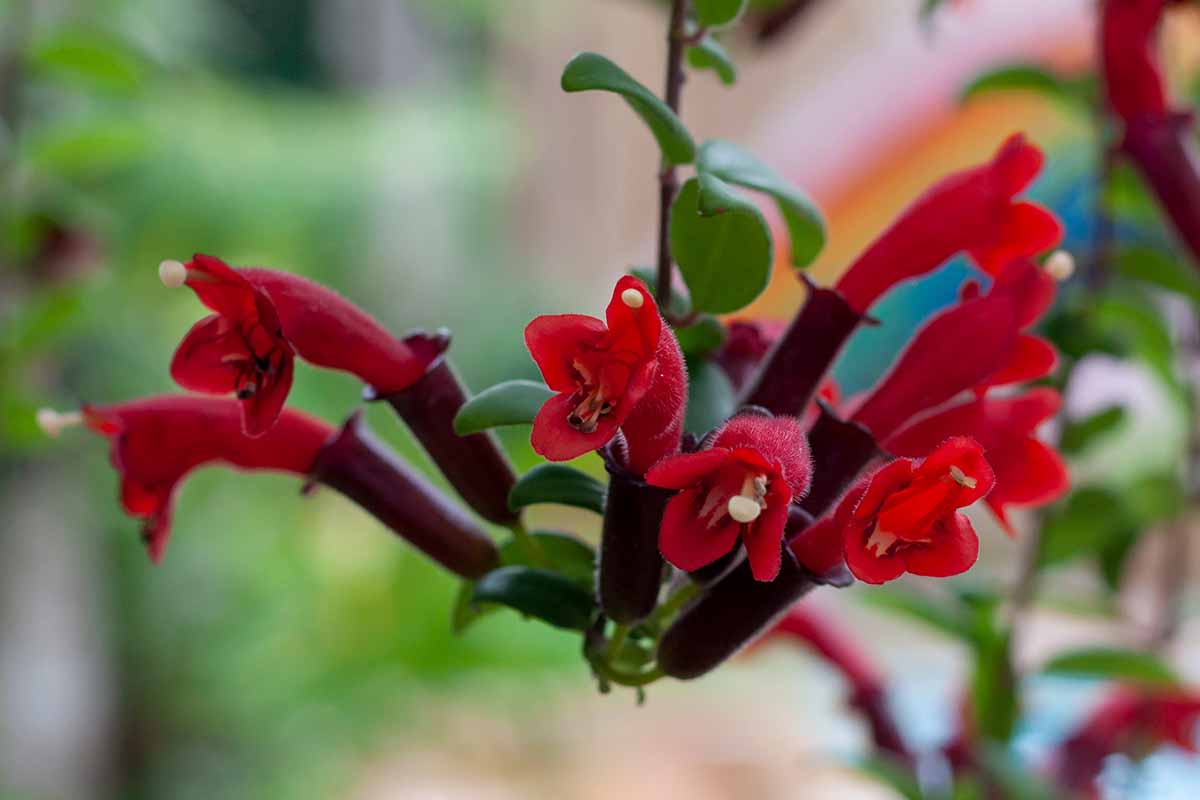
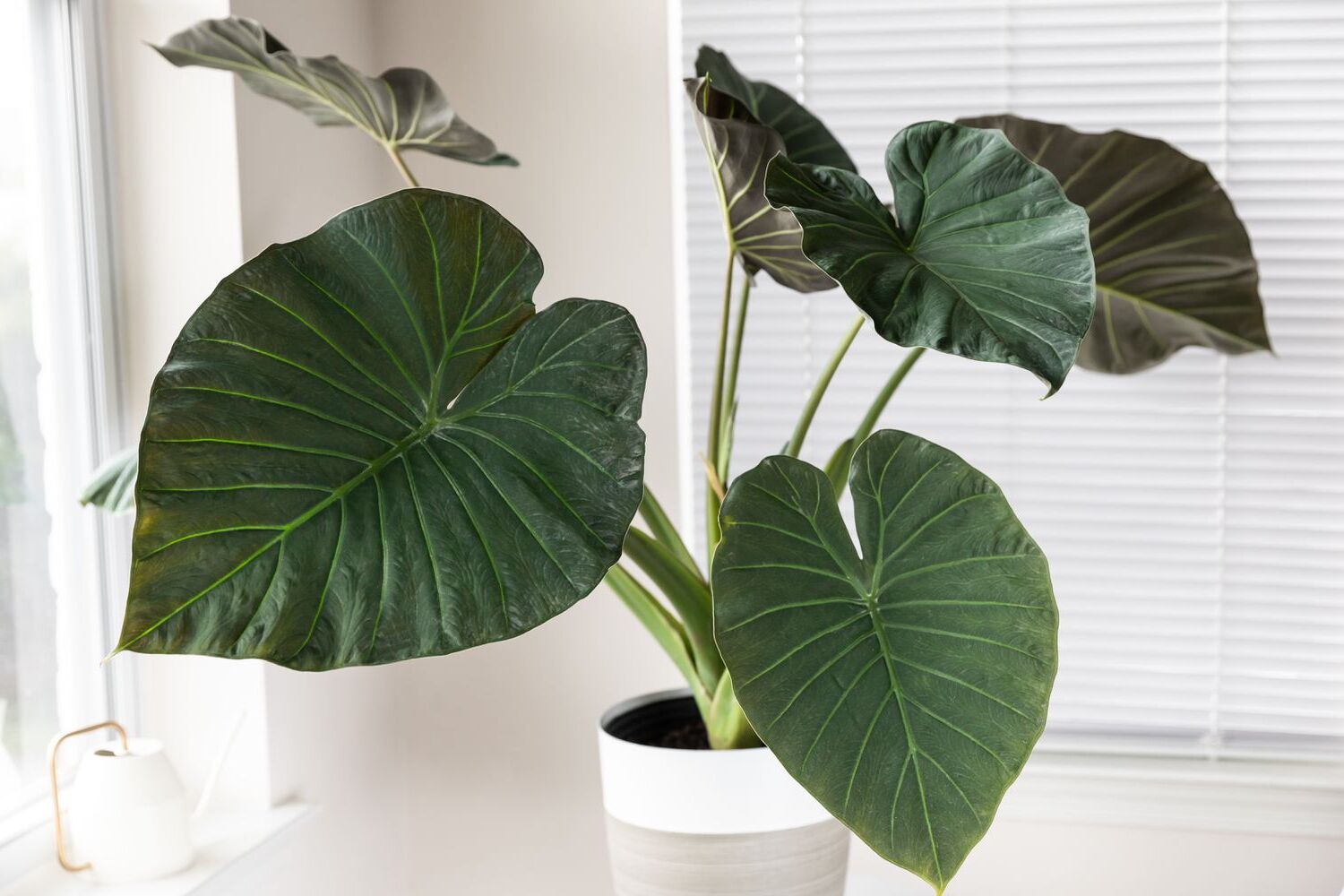
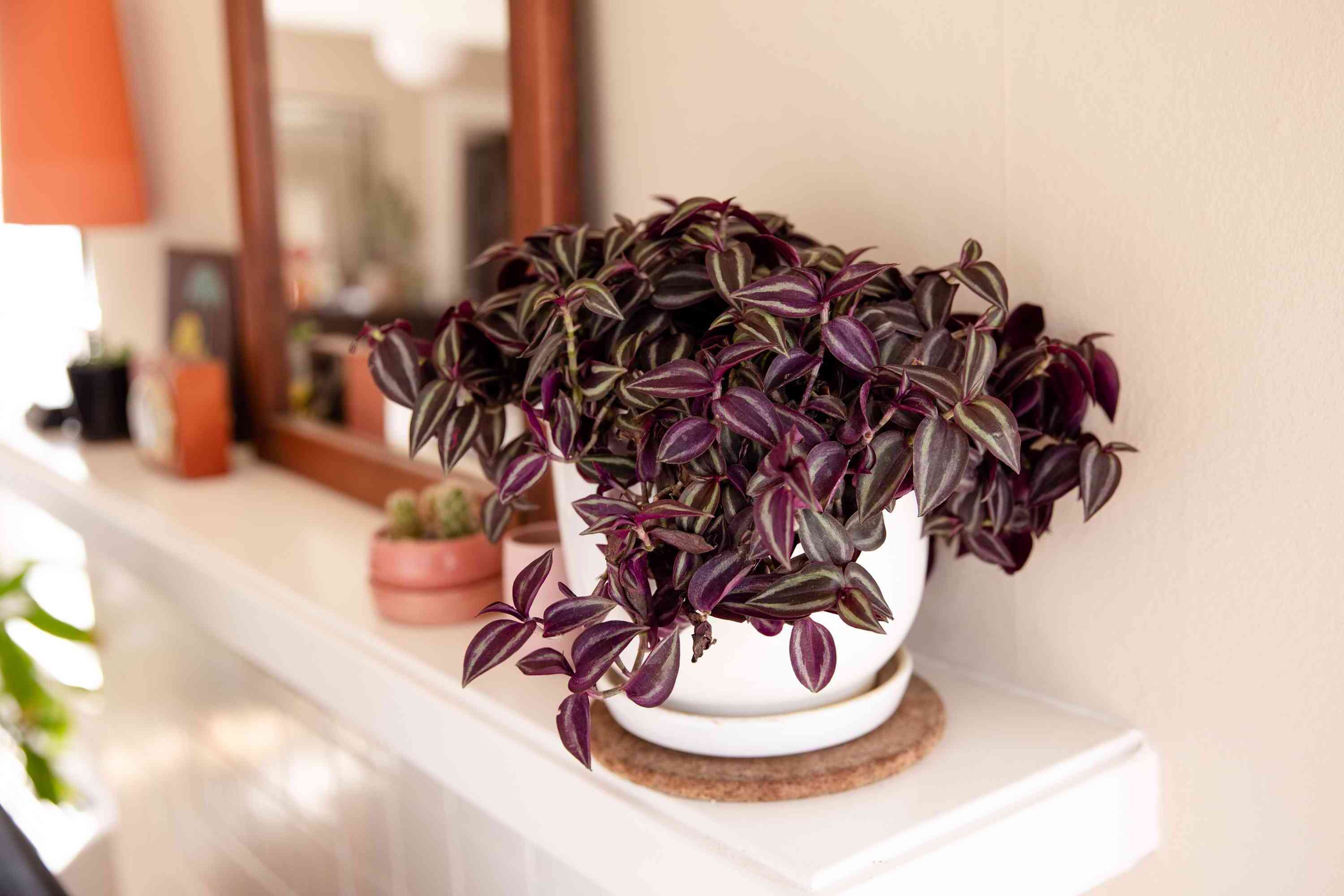
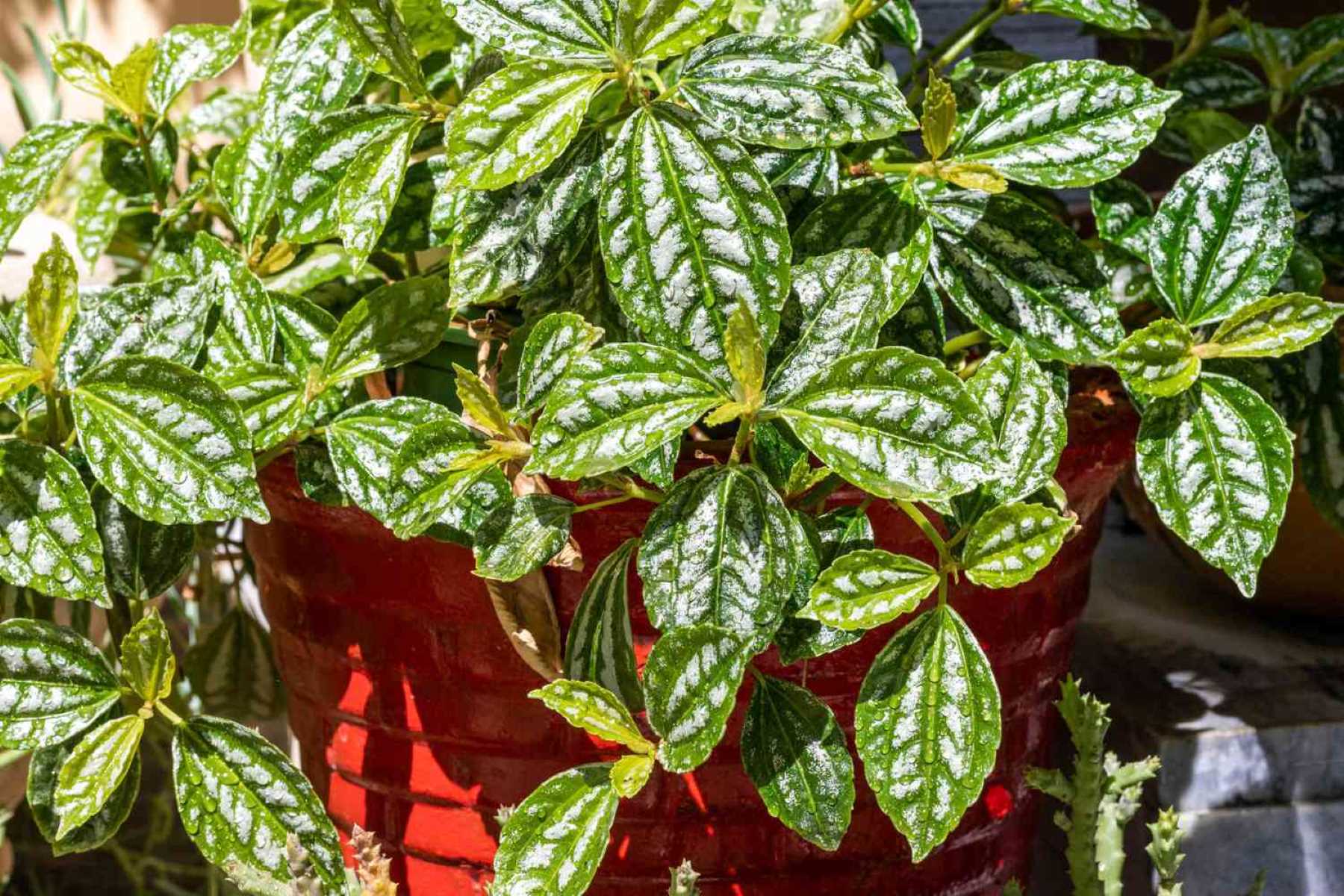
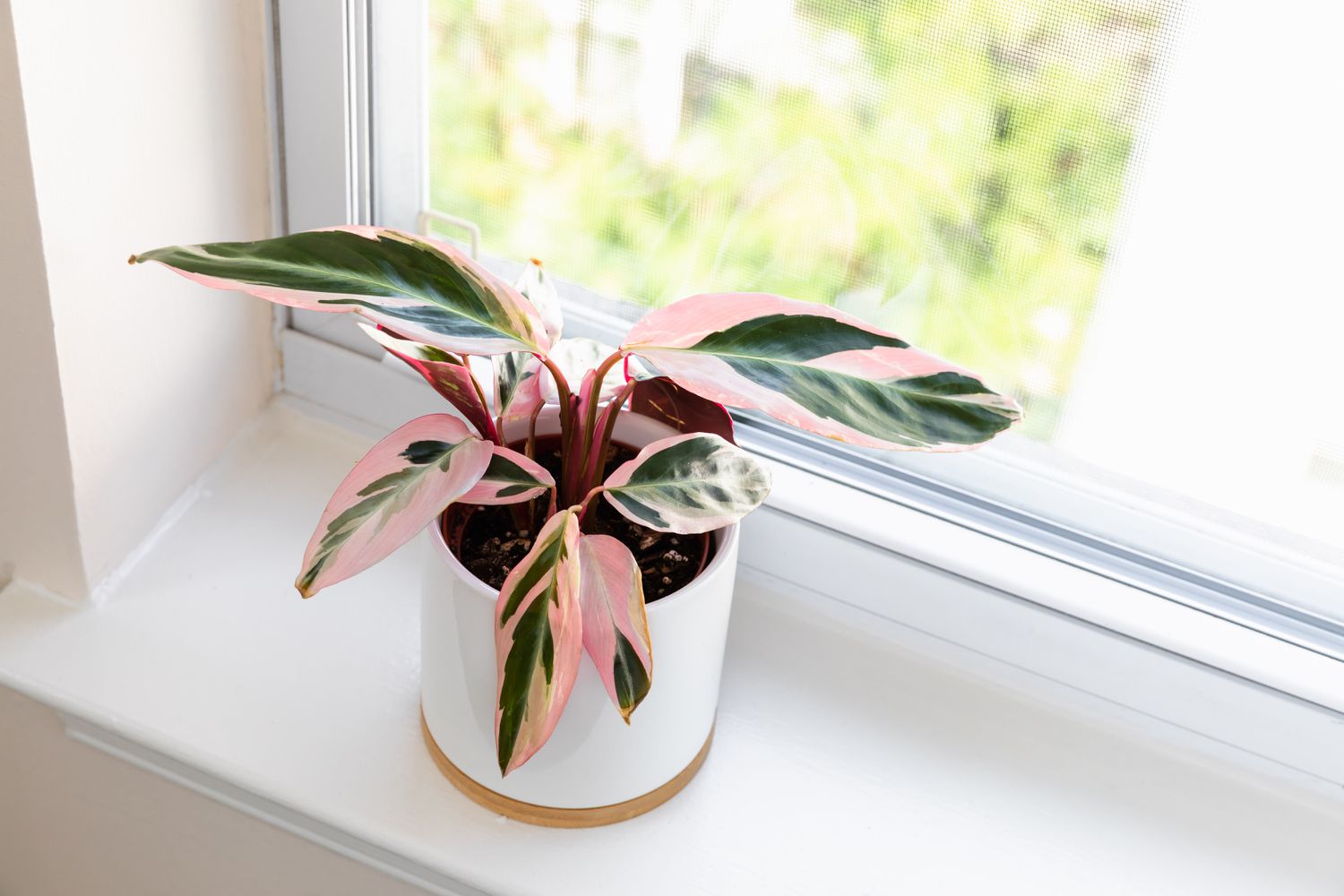
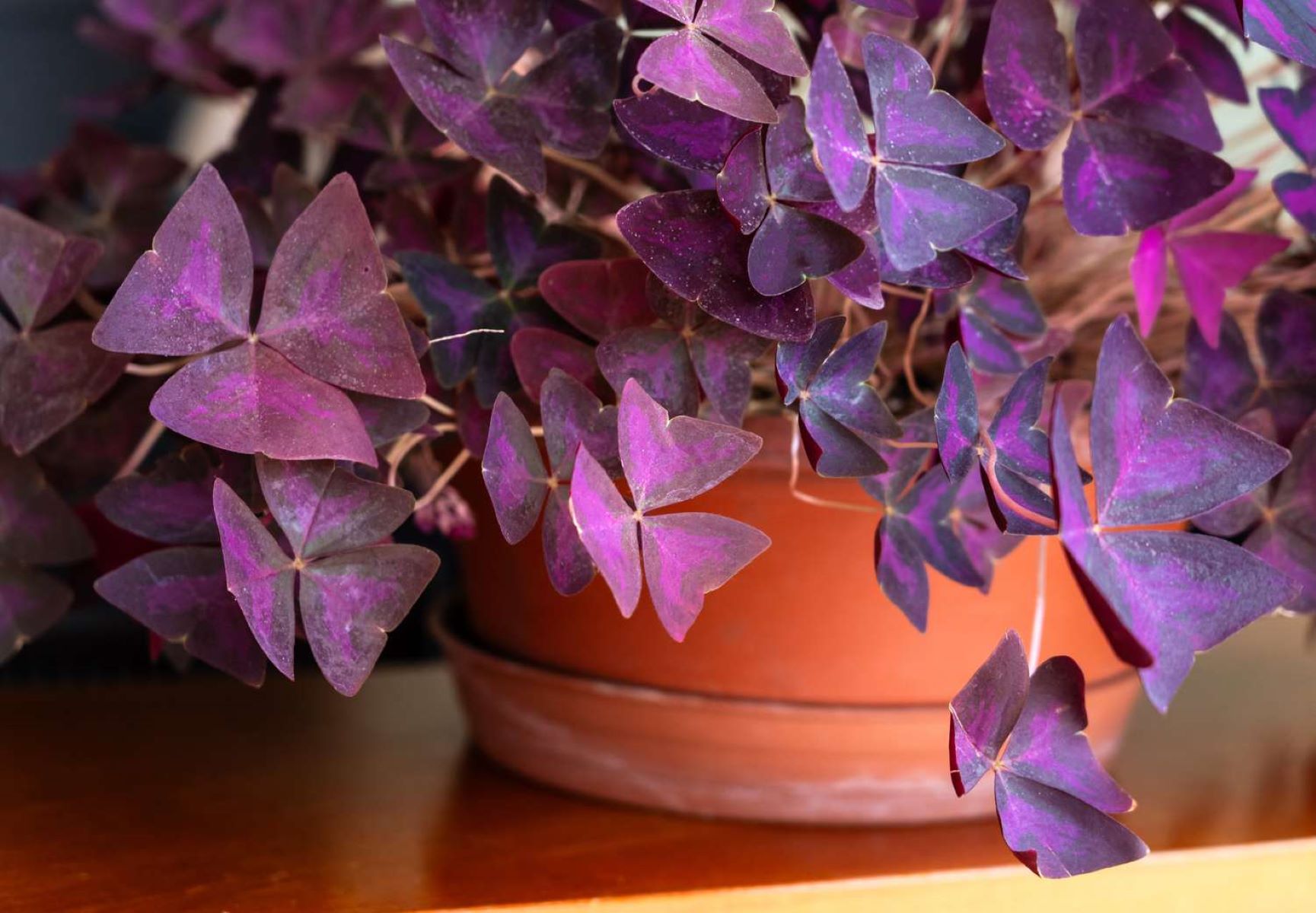
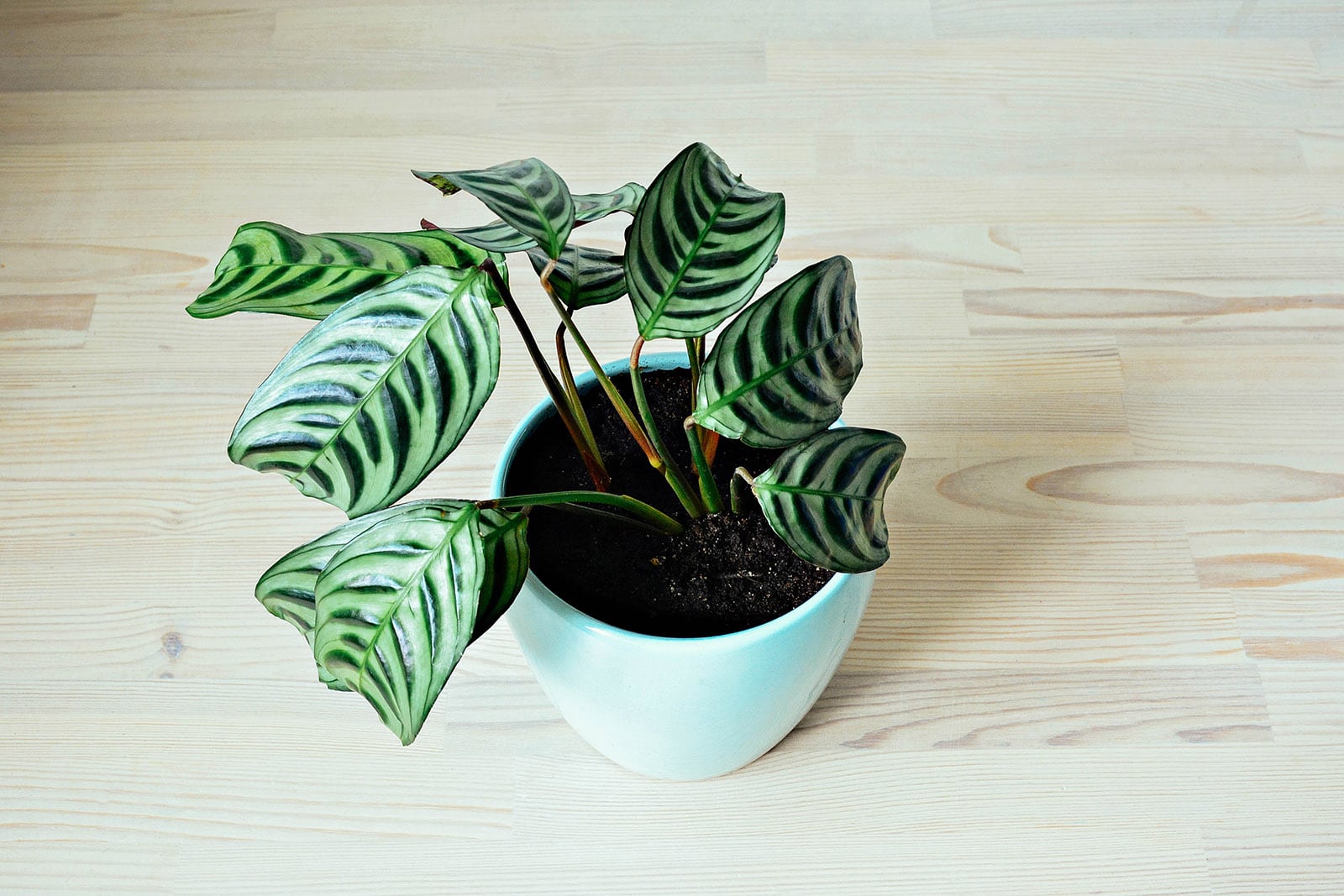
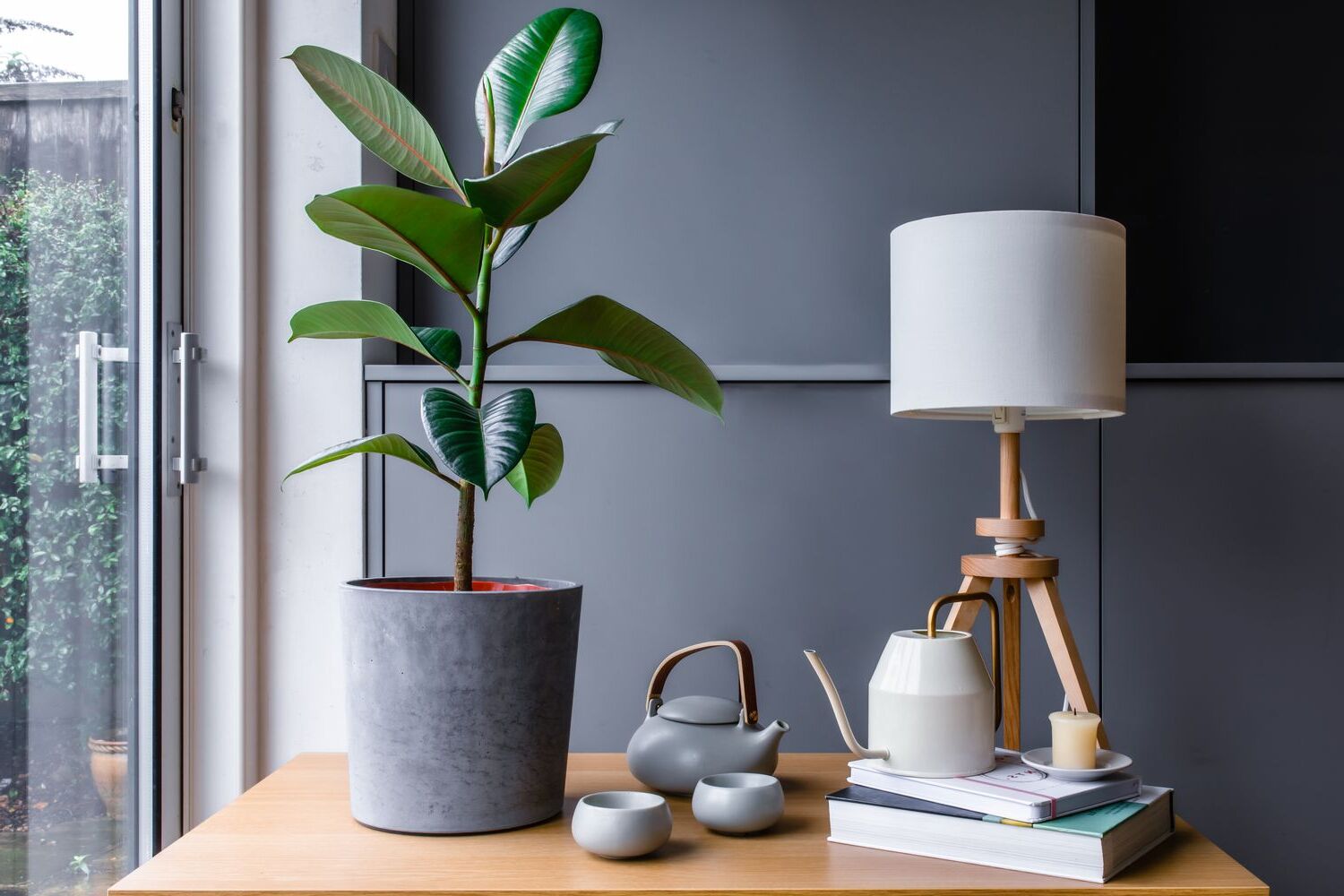
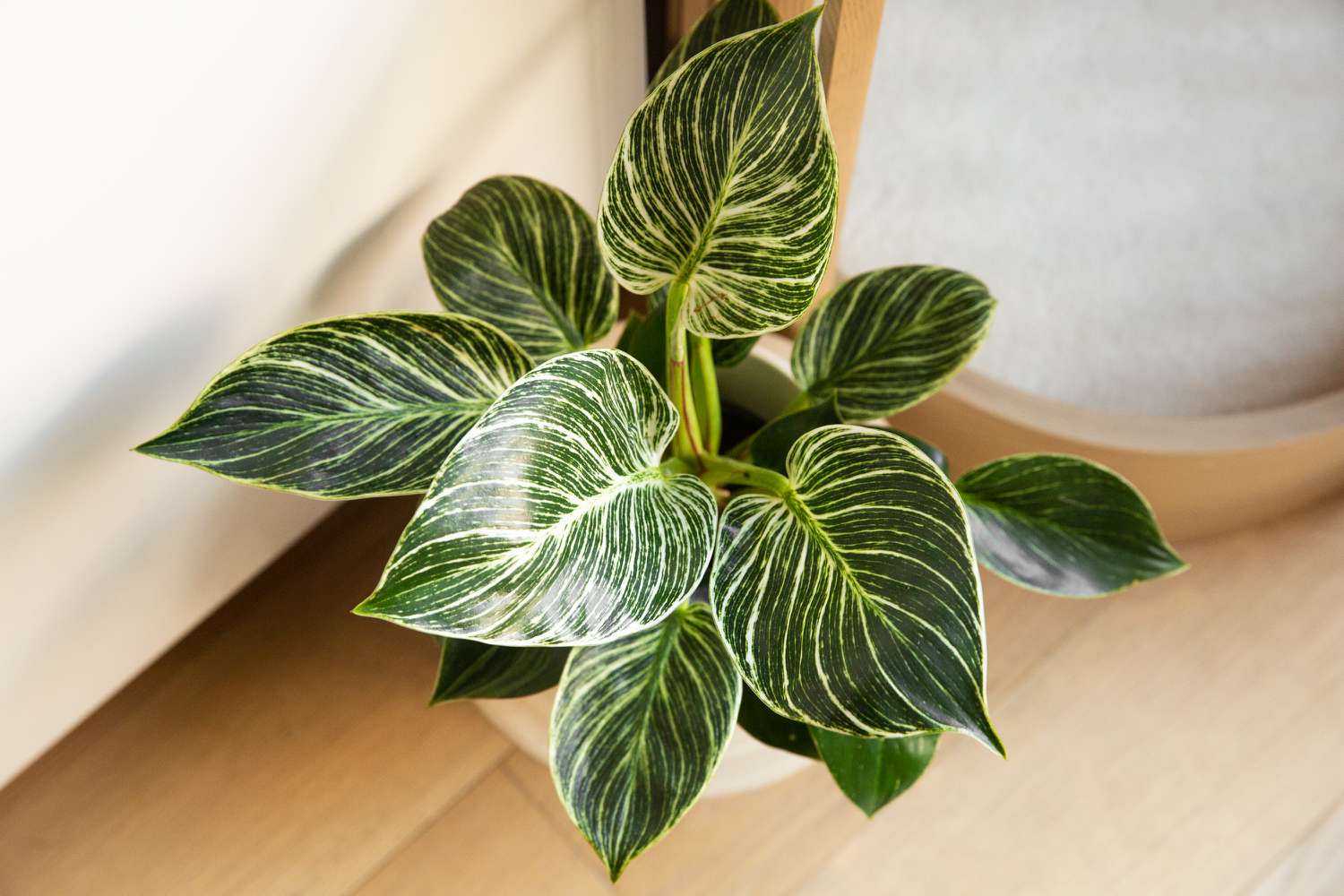
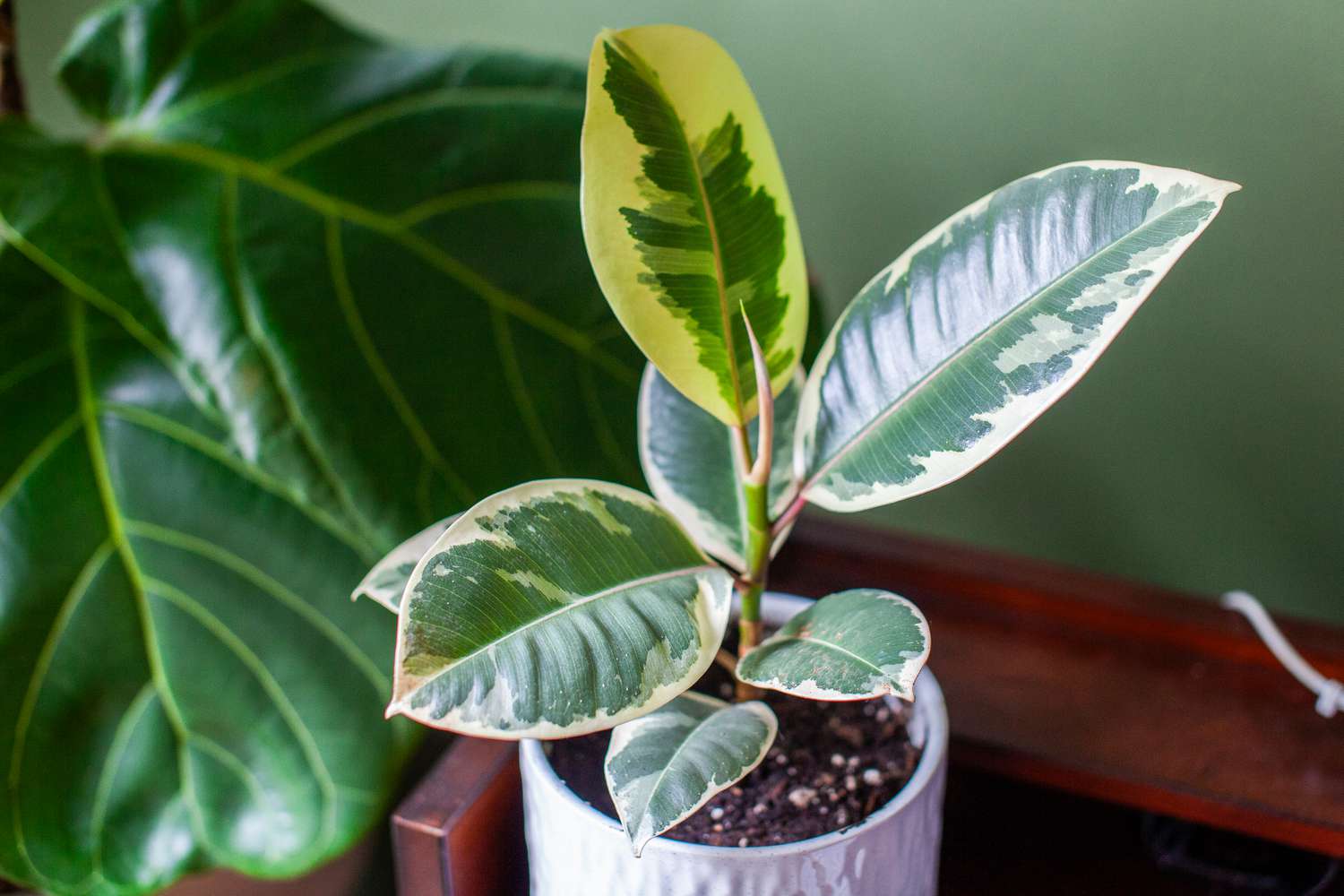
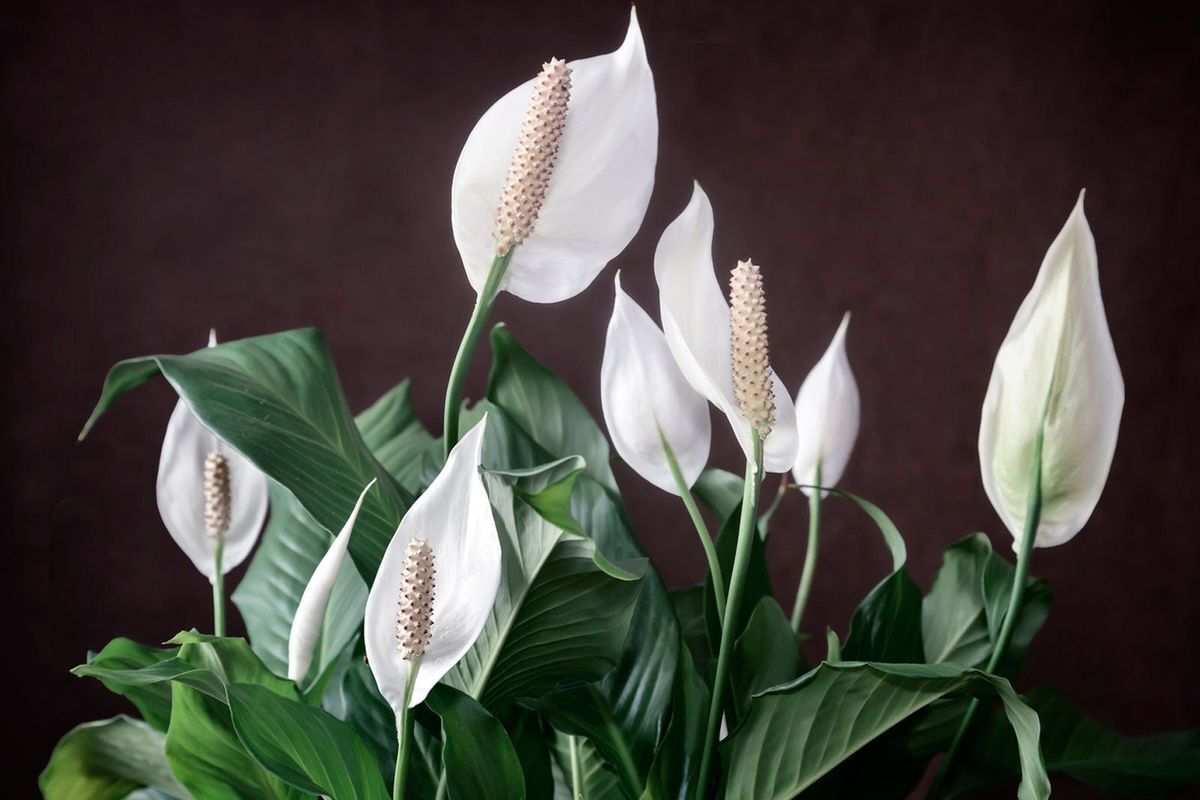
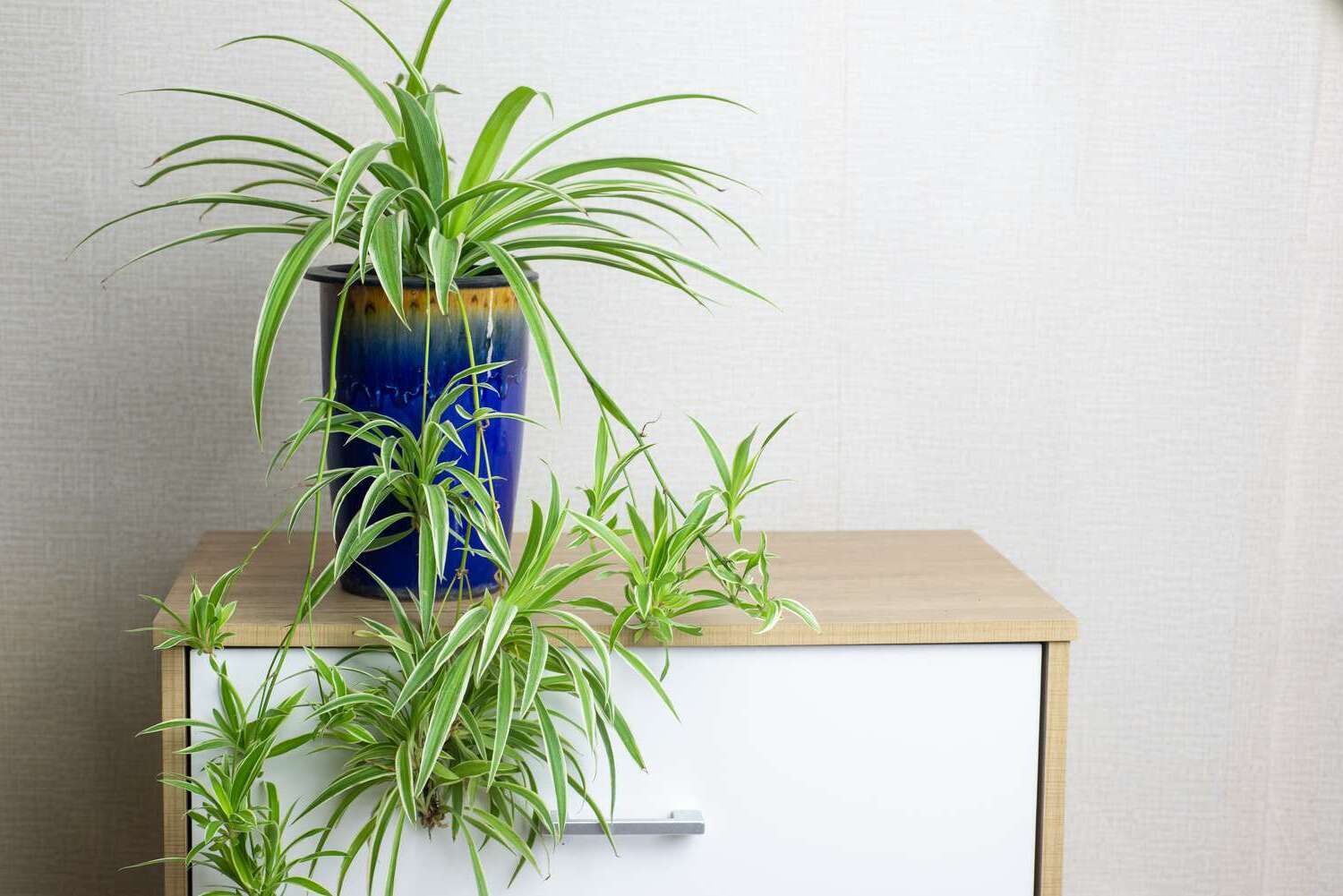
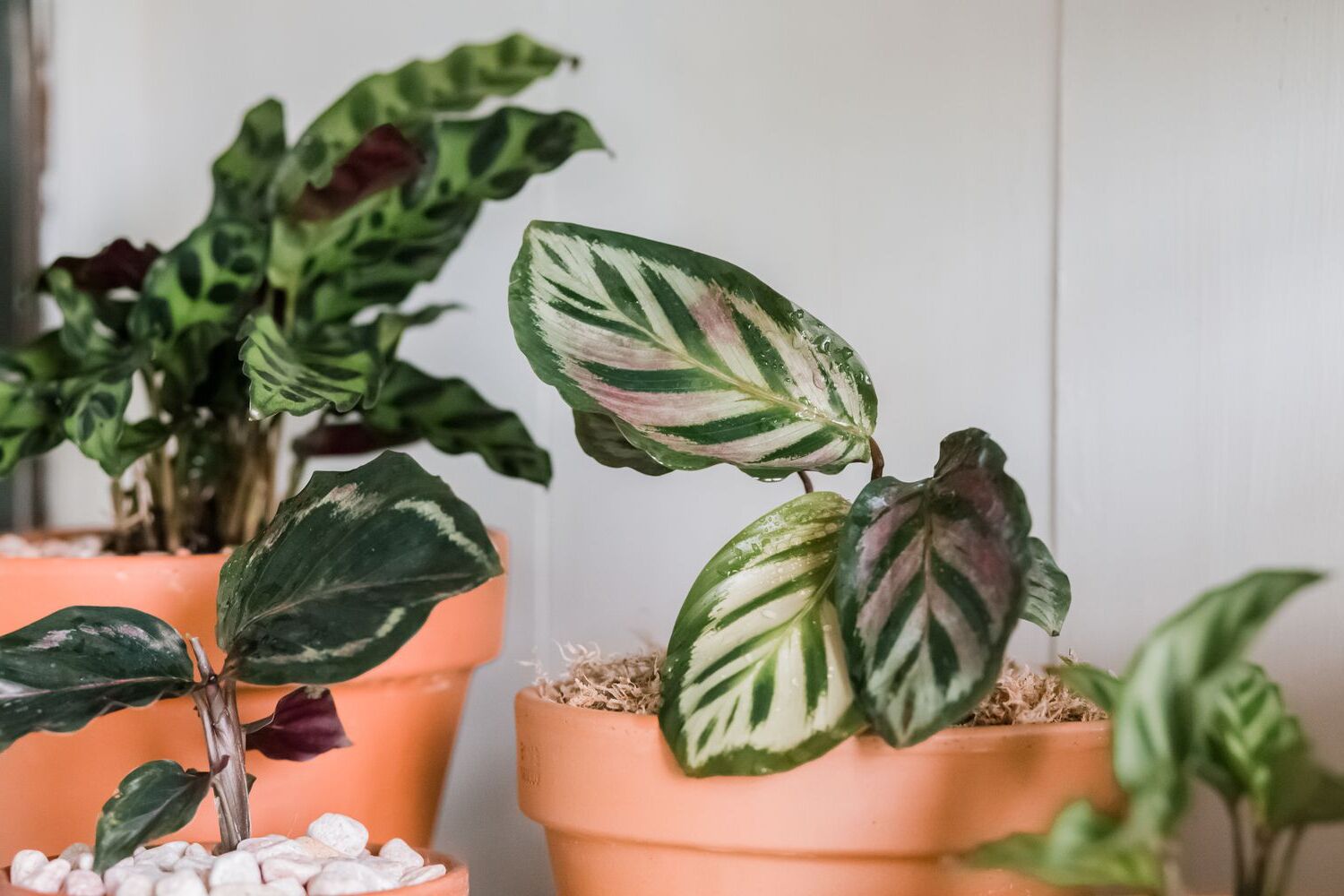

0 thoughts on “Indoor Hoya Kerrii Care: Heart-Shaped Leaf Plant Guide”